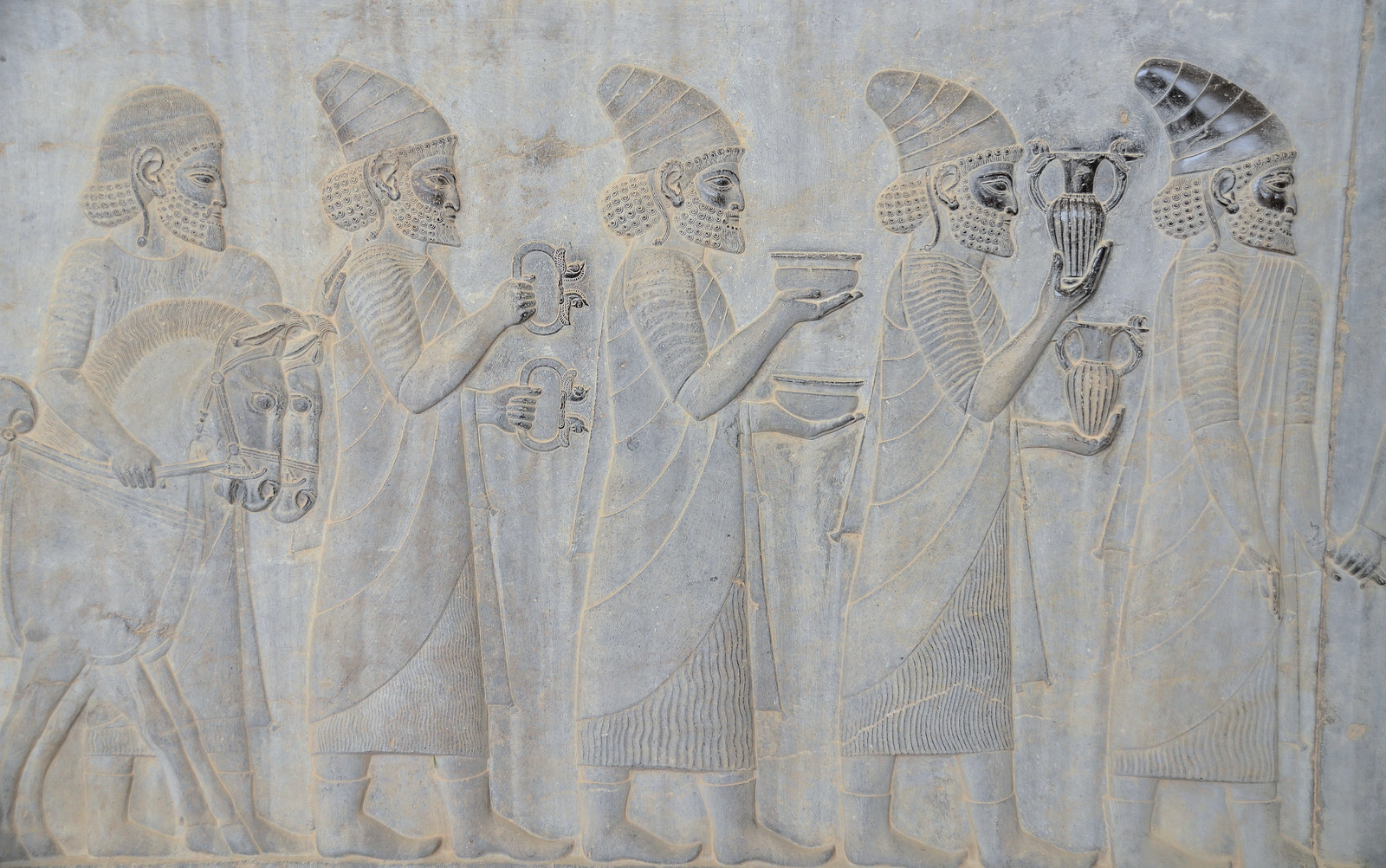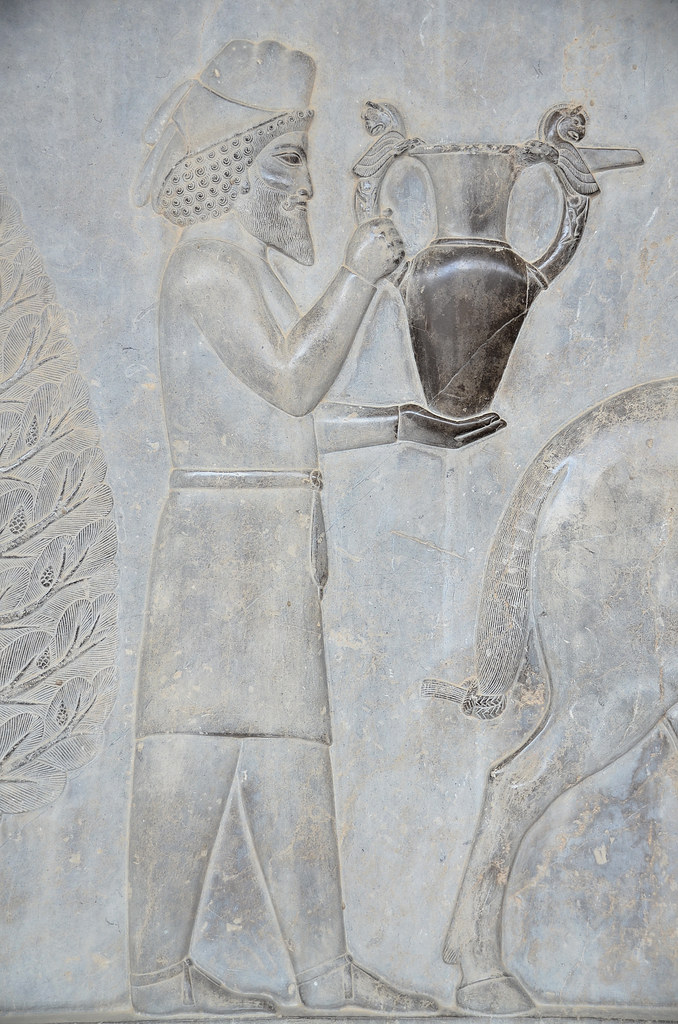The article “Archaeological survey finds prehistorical hatch to Apadana Palace in Persepolis” was first published in the Tehran Times on September 7, 2020. The version printed below has been slightly edited from its original version.
Kindly noted that the captions for the first two images do not appear in the original Tehran Times report. In addition, the final picture and accompanying caption also does not appear in the original Tehran Times report.
==================================================================
Archaeologists have recently discovered a prehistorical hatch to Apadana Palace, a majestic ruined royal complex within the UNESCO-registered Persepolis, southern Iran. As noted by archaeologist Ali Asadi who has led the survey at the ruined palace:
“The hatch was discovered in the eastern part of Apadana Palace, and it was created during the Achaemenid period to repel the surface water of the courtyard, and after this period, it was hidden due to the destruction of the complex …”

An archaeological survey team has discovered an ancient hatch to the Apadana palace at Persepolis (Photo: Tehran Times & IRNA).
This vent, like its other counterparts across the Palace, measures 40 cm by 40 cm, connecting the yard surface to underground ducts, Asadi explained.
The archaeologist expressed hope that by sloping the space around the vent, the problem of overflowing at the eastern courtyard of Apadana Palace could be solved, and through this, a better situation could be created to protect this section of Persepolis.
Last month, the remains of 13 ancient skeletons, 11 of which human remains, were discovered at olden water ducts of Persepolis, shedding new light on the way of life in the ceremonial capital of the Achaemenid Empire (c. 550 -330 BC).

Human skulls unearthed during the survey of Apadana – note that the skull at the front is shattered on its left side, indicative of violent action/trauma (Photo: Payvand News & ISNA).
By far the largest and most magnificent building is the Apadana, begun by Darius and finished by Xerxes, which was used mainly for great receptions by the kings. Thirteen of its seventy-two columns still stand on the enormous platform to which two monumental stairways, on the north and on the east, give access.
They are adorned with rows of beautifully executed reliefs showing scenes from the New Year’s festival and processions of representatives of twenty-three subject nations of the Achaemenid Empire, with court notables and Persians and Medes, followed by soldiers and guards, their horses, and royal chariots.

Relief on the southern wall of the east stairway of the Apadana depicting Lydians who offer vases, cups and bracelets and a chariot drawn by horses (Courtesy of: Following Hadrian Photography). Comment by Kavehfarrokh.com: The late Paul Kriwaczek (1937-2011) however had suggested that the above figures may in fact have been “… Hebrews from Babylon” (in “In Search of Zarathustra: The First prophet and the ideas that Changed the World”, London: Weidenfeld & Nicolson, 2002, description of top figure alongside page 117).
Delegates in their native attire, some completely Persian in style, carry gifts as a token of their loyalty and as a tribute to the king. These gifts include silver and gold vessels and vases, weapons, woven fabrics, jewelry, and animals from the delegates’ own countries.
Although the overall arrangement of scenes seems repetitive, there are marked differences in the designs of garments, headdresses, hairstyles, and beards that give each delegation its own distinctive character and make its origin unmistakable.
Persepolis was occupied and burnt by Alexander the Great in 330 BC apparently as a revenge to the Persians because it seems the Persian King Xerxes had burnt the Greek City of Athens around 150 years earlier.




